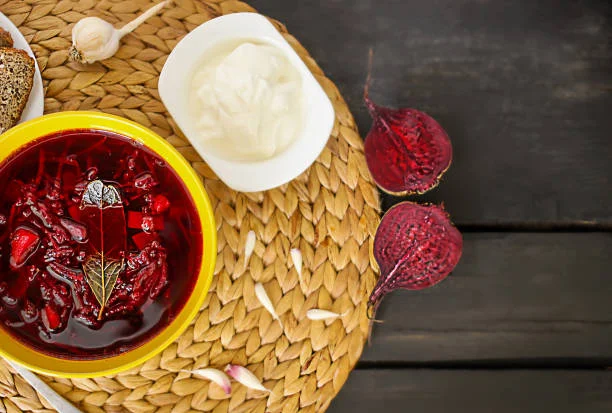Food color plays a powerful role in shaping how consumers experience flavor, freshness, and quality. In an era where clean-label and natural ingredients are in high demand, beetroot food coloring has emerged as a top choice for brands seeking a natural, safe, and vibrant alternative to artificial red dyes.
Beetroot’s intense crimson hue, versatility, and health-forward appeal make it one of the most preferred natural colorants in the global food and beverage industry today.
Curious for More? This Related Post Dives Deeper into What Matters
The Natural Advantage of Beetroot Food Coloring
Beetroot is naturally rich in betalains, a group of red pigments that give the vegetable its signature shade. Unlike synthetic dyes, beetroot color is extracted directly from the plant, ensuring a clean, chemical-free ingredient.
This natural pigment provides beautiful red tones that can range from soft pink to deep crimson depending on the concentration and application. It’s also non-GMO, plant-based, and allergen-free — ideal for brands committed to transparency and consumer trust.
How Beetroot Powder Manufacturers Make a Difference
A beetroot powder manufacturer plays a critical role in transforming fresh beetroot into a stable, easy-to-use coloring ingredient. Through advanced drying and processing methods, the pigment is concentrated into powder or liquid forms without compromising its color intensity or quality.
Reliable manufacturers ensure:
- Consistent color shade and quality
- Minimal flavor interference
- Stable performance during processing
- Longer shelf life
This makes beetroot coloring not only natural but also practical for commercial use.
Benefits of Using Beetroot Food Coloring
- Clean-Label Ingredient
Today’s consumers actively avoid artificial colors. Beetroot coloring supports clean-label claims and builds trust. - Versatility
It can be used in beverages, bakery, dairy, confectionery, snacks, sauces, and plant-based products. - Mild Flavor Profile
Unlike some natural pigments, beetroot does not overpower the product’s taste. - Nutritional Edge
Beetroot is naturally rich in antioxidants, which adds functional appeal in health-focused products. - Plant-Based & Sustainable
As a plant-derived pigment, it’s vegan-friendly and more sustainable than synthetic dyes.
Applications of Beetroot Food Coloring
- Beverages: Natural smoothies, juices, sports drinks, and flavored water.
- Bakery & Confectionery: Cupcakes, icing, gummies, and chocolates.
- Dairy Products: Yogurt, flavored milk, and frozen desserts.
- Snacks & Sauces: Used in dressings, dips, chips, and seasoning blends.
Its flexible nature makes it suitable for both liquid and dry formulations.
Stability and Processing Considerations
Natural pigments can be sensitive to factors like pH, light, and heat. Beetroot performs best in neutral or slightly acidic environments. Beetroot powder manufacturers use encapsulation and advanced drying techniques to enhance stability and maintain brightness throughout a product’s shelf life.
A Sustainable and Consumer-Friendly Choice
Beetroot coloring not only replaces synthetic dyes but also supports sustainable production practices. It aligns perfectly with global trends favoring natural, minimally processed ingredients. Consumers recognize and trust beetroot as a familiar, plant-based ingredient, making it a powerful storytelling element for brands.
Final Thoughts
Beetroot food coloring is more than a vibrant red shade — it represents the shift toward natural, sustainable, and transparent food production. Partnering with a trusted beetroot powder manufacturer ensures consistent quality, stability, and ease of use across different product categories.
As brands continue to move away from synthetic additives, beetroot stands out as a natural solution that delivers both beauty and authenticity to modern foods.
Editor’s Pick: This Featured Post Could Change the Way You Think

